- Have any questions?
- +86-189 8930 5995
- sales@mosinterchem.com.cn
Polyvinyl chloride PVC CAS 9002-86-2

Potassium Fluoride CAS 7789-23-3
19/12/2018
Hydrazine Sulfate CAS 10034-93-2
19/12/2018| Model: | MOS9002-86-2 |
| Brand Name: | MOSINTER |
| CAS No.: | 9002-86-2 |
| Molecular formula: | [C2H3Cl]n |
| Density: | 1.4 g/mL at 25 °C(lit.) |
| Molecular weight: | 62.4982 |
| Form: | powder |
| Sensibility: | Stable. Combustible. Incompatible with strong oxidizing agents. |
| Vapour pressure: | 2580mmHg at 25°C |
Poly(vinyl chloride) (PVC) (CAS: 9002-86-2)
| Item | Index |
| Appearance | White powder |
| Average degree
of polymerization |
1030±50 |
| lmpurity Particle,
pcs/100g ≤ |
100 |
Poly(vinyl chloride), commonly abbreviated PVC, is the third-most widely produced polymer,
after polyethylene andpolypropylene.
PVC comes in two basic forms: rigid (sometimes abbreviated as RPVC) and flexible. The rigid form
of PVC is used inconstruction for pipe, and in profile applications such as doors and windows. It is also
used for bottles and other non-food packaging, and cards (such as bank or membership cards). It can be
made softer and more flexible
by the addition ofplasticizers, the most widely used being phthalates. In this form, it is also used in plumbing,
electrical cable insulation, imitation leather, signage, inflatable products and many applications where it replaces rubber.
Pure poly(vinyl chloride) is a white, brittle solid. It is insoluble in alcohol, but slightly soluble intetrahydrofuran.
Applications
PVC’s relatively low cost, biological and chemical resistance and workability have resulted in it being used for a wide
variety of applications. It is used for sewerage pipes and other pipe applications where cost or vulnerability to corrosionlimit
the use of metal. With the addition of impact modifiers and stabilizers, it has become a popular material for windowand door
frames. By adding plasticizers, it can become flexible enough to be used in cabling applications as a wireinsulator. It has
been used in many other applications. PVC demand is likely to increase at an average annual rate of 3.9% over the next years.
Pipes
Roughly half of the world’s polyvinyl chloride resin manufactured annually is used for producing pipes for municipal and
industrial applications. In the water distribution market it accounts for 66% of the market in the US, and in sanitary sewer
pipe applications, it accounts for 75%. Its light weight, low cost, and low maintenance make it attractive. However, it must
be carefully installed and bedded to ensure longitudinal cracking and overbelling does not occur. Additionally, PVC pipes
can be fused together using various solvent cements, or heat-fused (butt-fusion process, similar to joining HDPE pipe), creating permanent joints that are virtually impervious to leakage.
In February, 2007 the California Building Standards Code was updated to approve the use of chlorinated polyvinyl chloride
(CPVC) pipe for use in residential water supply piping systems. CPVC has been a nationally accepted material in the US
since 1982; California, however, has permitted only limited use since 2001. The Department of Housing and Community
Development prepared and certified an environmental impact statement resulting in a recommendation that the Commission
adopt and approve the use of CPVC. The Commission’s vote was unanimous and CPVC has been placed in the 2007 California
Plumbing Code.
In the United States and Canada, PVC pipes account for the largest majority of pipe materials used in buried municipal applications
for drinking waterdistribution and wastewater mains. Buried PVC pipes in both water and sanitary sewer applications that are 4
inches (100 mm) in diameter and larger are typically joined by means of a gasket-sealed joint. The most common type of gasket utilized in North America is a metal reinforced elastomer, commonly referred to as
a Rieber sealing system.
Electric cables
PVC is commonly used as the insulation on electrical cables; PVC used for this purpose needs to be plasticized.
In a fire, PVC-coated wires can form hydrogen chloride fumes; the chlorine serves to scavenge free radicals and is the
source of the material’s fire retardance. While HCl fumes can also pose a health hazard in their own right, HCl dissolves
in moisture and breaks down onto surfaces, particularly in areas where the air is cool enough to breathe, and is not available
for inhalation. Frequently in applications where smoke is a major hazard (notably in tunnels and communal areas) PVC-free cable insulation is preferred, such as low smoke zero halogen (LSZH) insulation.
Unplasticized poly(vinyl chloride) (uPVC) for construction
uPVC, also known as rigid PVC, is extensively used in the building industry as a low-maintenance material, particularly inIreland, the United Kingdom, and in the United States. In the USA it is known as vinyl,
or vinyl siding. The material comes in a range of colors and finishes, including a photo-effect wood finish, and is used as a substitute for painted wood, mostly for window frames and sills when installing double
glazing in new buildings, or to replace older single-glazed windows. Other uses include fascia, and siding or weatherboarding. This material has almost entirely replaced the use
ofcast iron for plumbing and drainage, being used for waste pipes, drainpipes, gutters and downspouts. uPVC does not contain
phthalates, since those are only added to flexible PVC, nor does it contain BPA. uPVC is known as having strong resistance
against chemicals, sunlight, and oxidation from water.
Signs
Poly(vinyl chloride) is formed in flat sheets in a variety of thicknesses and colors. As flat sheets, PVC is often expanded to
create voids in the interior of the material, providing additional thickness without additional weight and minimal extra cost
(see Closed-cell PVC foamboard). Sheets are cut using saw and rotary cutting equipment. Plasticized PVC is also used to
produce thin, colored, or clear, adhesive-backed films referred to simply as vinyl. These films are typically cut on
acomputer-controlled plotter or printed in a wide-format printer. These sheets and films are used to produce a wide variety of commercial signage products and markings on
vehicles, e.g. car body stripes.
Clothing and furniture
PVC has become widely used in clothing, to either create a leather-like material or at times simply for the effect of PVC.PVC clothing is common in Goth, Punk, clothing fetish and alternative
fashions. PVC is less expensive than rubber, leather, and latex which it is therefore used to simulate.
PVC fabric is water-resistant so is used in coats, skiing equipment, shoes, jackets, aprons, and bags.
Healthcare
The two main application areas for single use medically approved PVC compounds are flexible containers and tubing: containers
used for blood and blood components for urine or for ostomy products and tubing used for blood taking and blood giving sets,
catheters, heart-lung bypass sets, hemodialysis sets etc. In Europe the consumption of PVC for medical devices is approximately
85.000 tons every
year. Almost one third of plastic based medical devices are made from PVC. The reasons for using flexible PVC in these applications
for over 50 years are numerous and based on cost effectiveness linked to transparency, light weight, softness, tear strength, kink
resistance, suitability for sterilization and biocompatibility.
Plasticisers
DEHP (Di-2ethylhexylphthalate) has been medically approved for many years for use in such medical devices; the PVC-DEHP combination proving to be very suitable for making blood bags because DEHP stabilises red blood cells, minimising
haemolysis (red blood cell rupture). However, DEHP is coming under increasing pressure in Europe. The assessment of potential
risks related to phthalates, and in particular the use of DEHP in PVC medical devices, was subject to scientific and policy review
by the European Union authorities, and on 21 March 2010, a specific labelling requirement was introduced across the EU for all
devices containing phthalates that are classified as CMR (carcinogenic, mutagenic or toxic to reproduction). The label aims to
enable healthcare professionals to use this equipment safely, and, where needed, take appropriate precautionary measures for
patients at risk of over-exposure.
DEHP alternatives, which are gradually replacing it, are Adipates, Butyryltrihexylcitrate (BTHC), Cyclohexane-1,2-dicarboxylic acid, diisononylester (DINCH), Di(2-ethylhexyl)terephthalate, polymerics and trimellitic acid, 2-ethylhexylester
(TOTM).
Flooring
Flexible PVC flooring is inexpensive and used in a variety of buildings covering the home, hospitals, offices, schools, etc.
Complex and 3D designs are possible due to the prints that can be created which are then protected by a clear wear layer.
A middle vinyl foam layer also gives a comfortable and safe feel. The smooth, tough surface of the upper wear layer prevents
the buildup of dirt, which prevents microbes from breeding in areas that need to be kept sterile, such as hospitals and clinics.
Other applications
The handles of the VictorinoxSwiss Army knives are made of PVC.
PVC has been used for a host of consumer products of relatively smaller volume compared to the industrial and commercial
applications described above. Another of its earliest mass-market consumer applications was to make vinyl records. More recent examples include wallcovering, greenhouses, home
playgrounds, foam and other toys, custom truck toppers (tarpaulins), ceiling tiles and other kinds of interior cladding.
Due to PVC piping being cheaper than metals used in musical instrument making, it is a common alternative when making
instruments, often for leisure or for rarer instruments such as the contrabass flute.
You must be logged in to post a review.

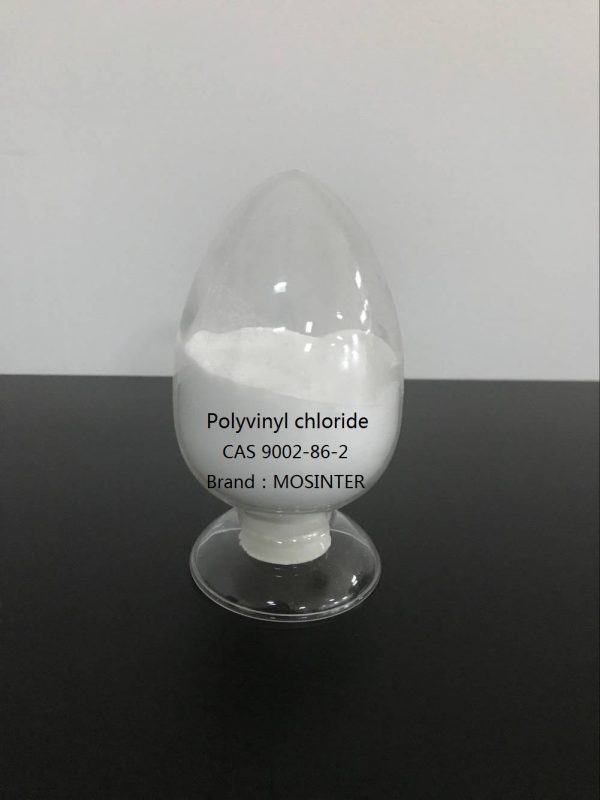
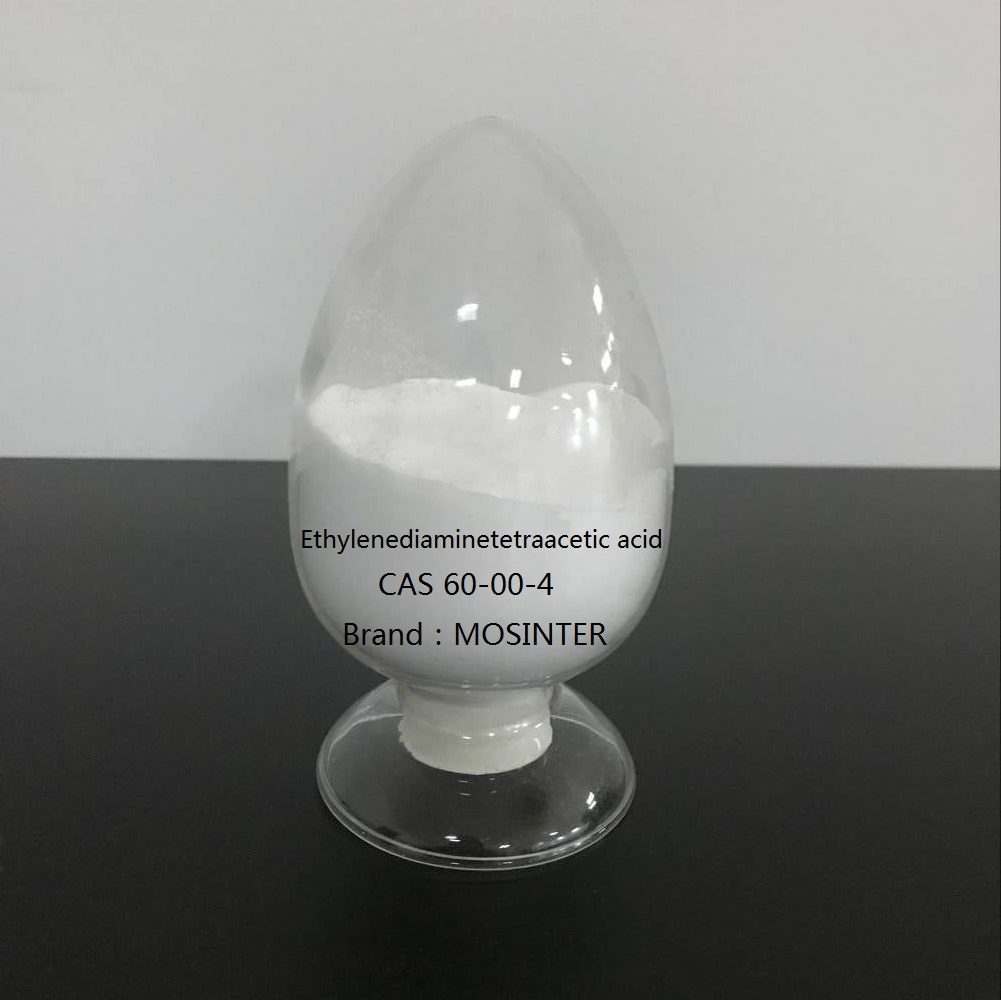
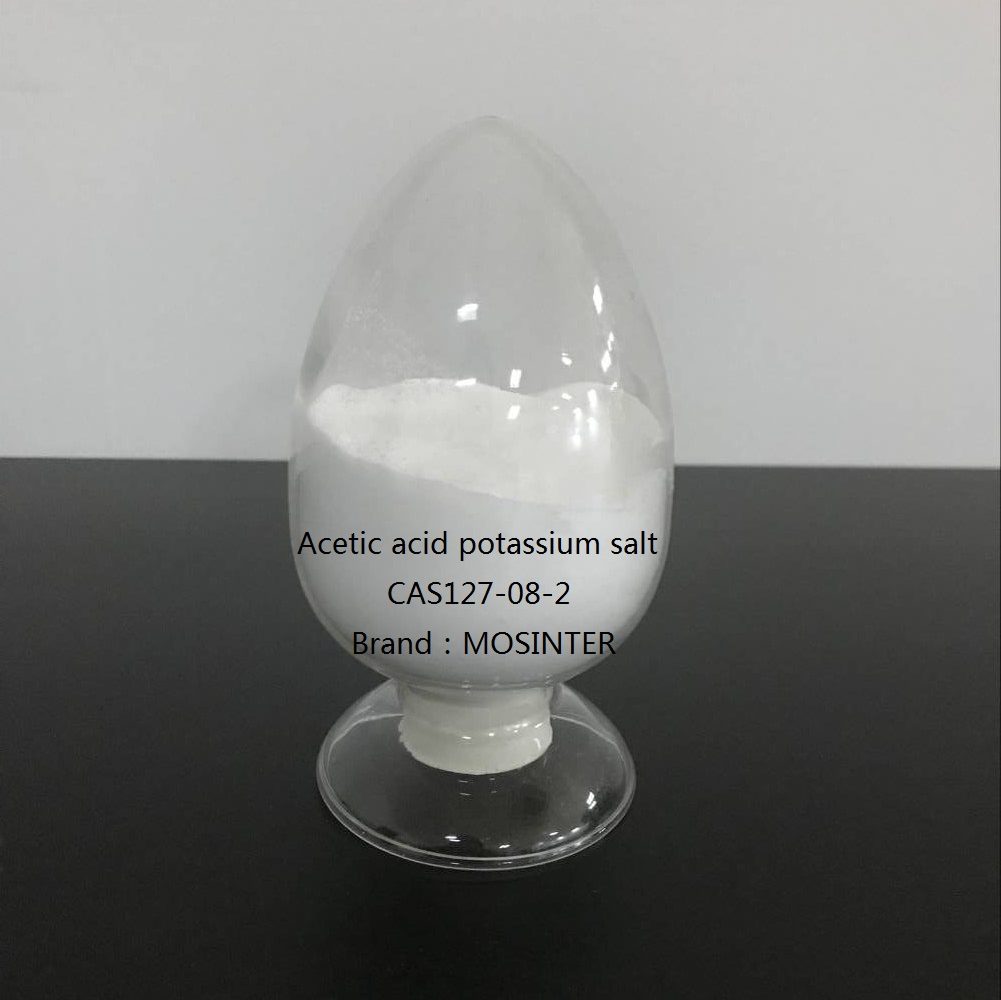
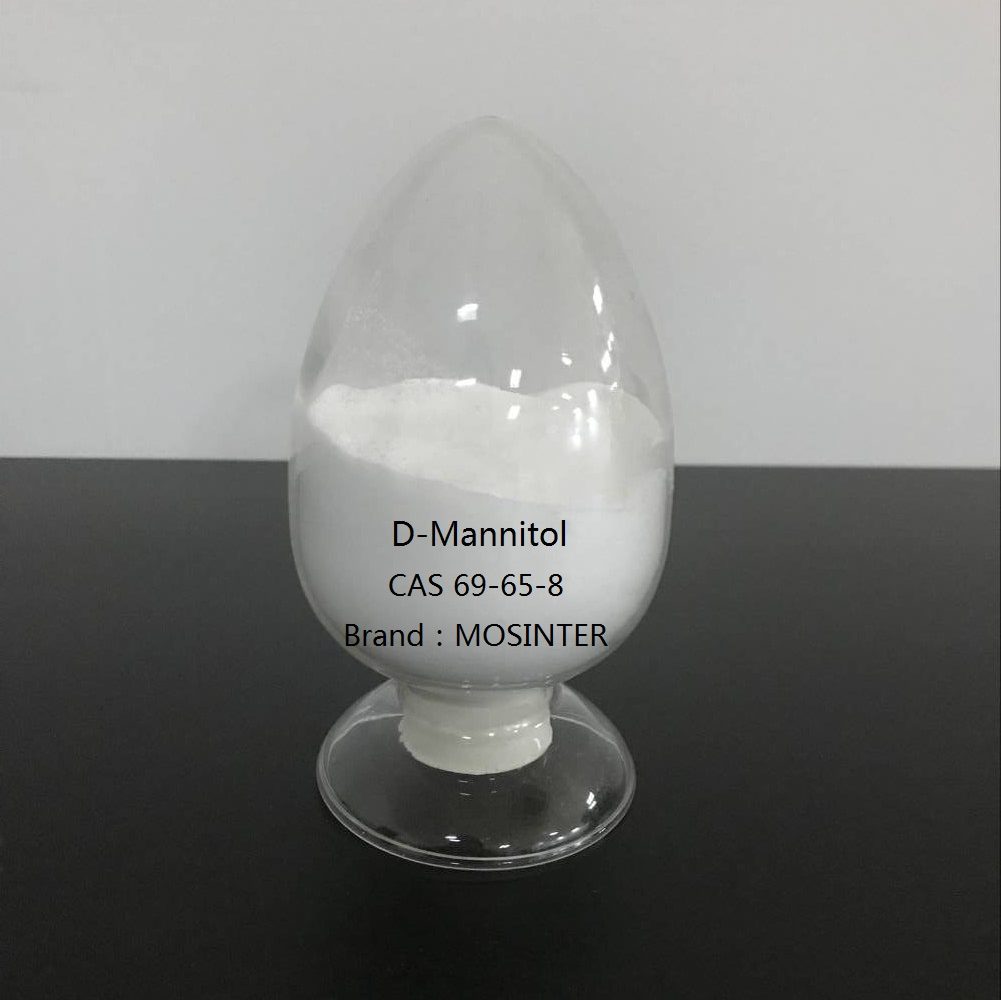
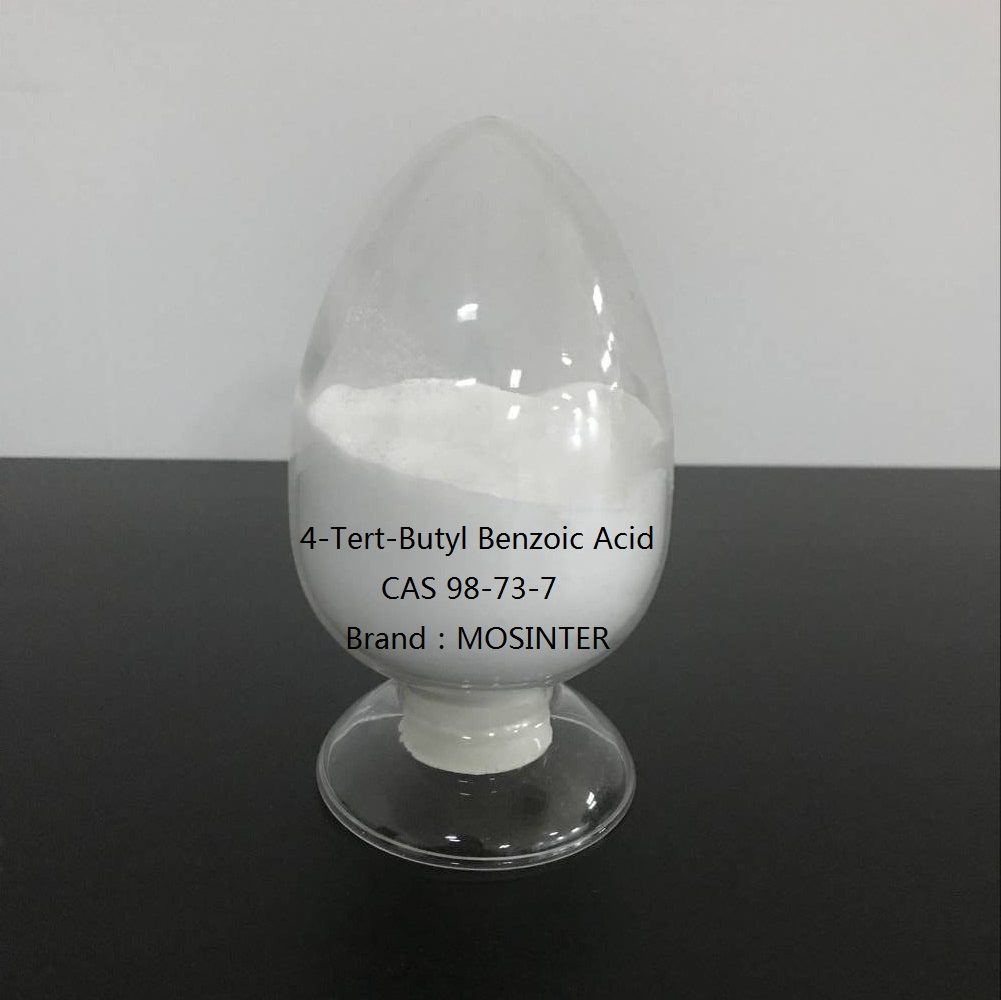
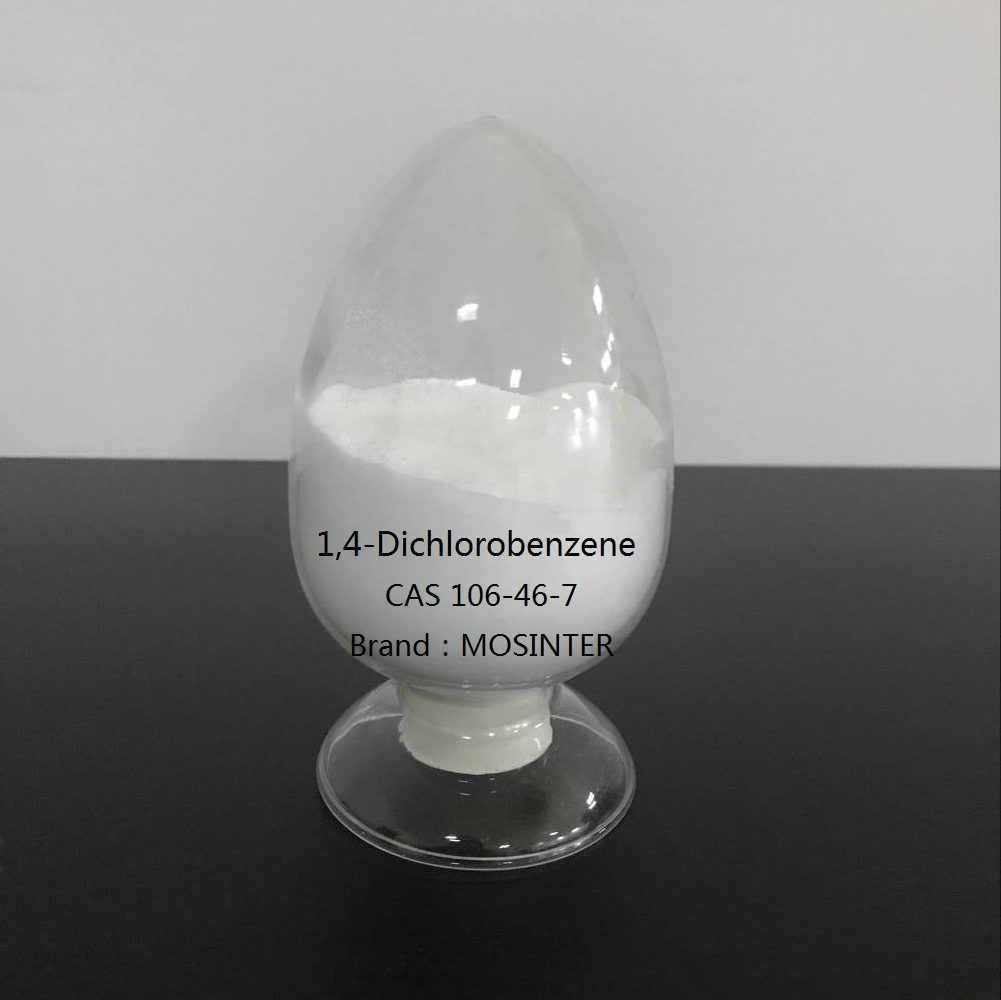
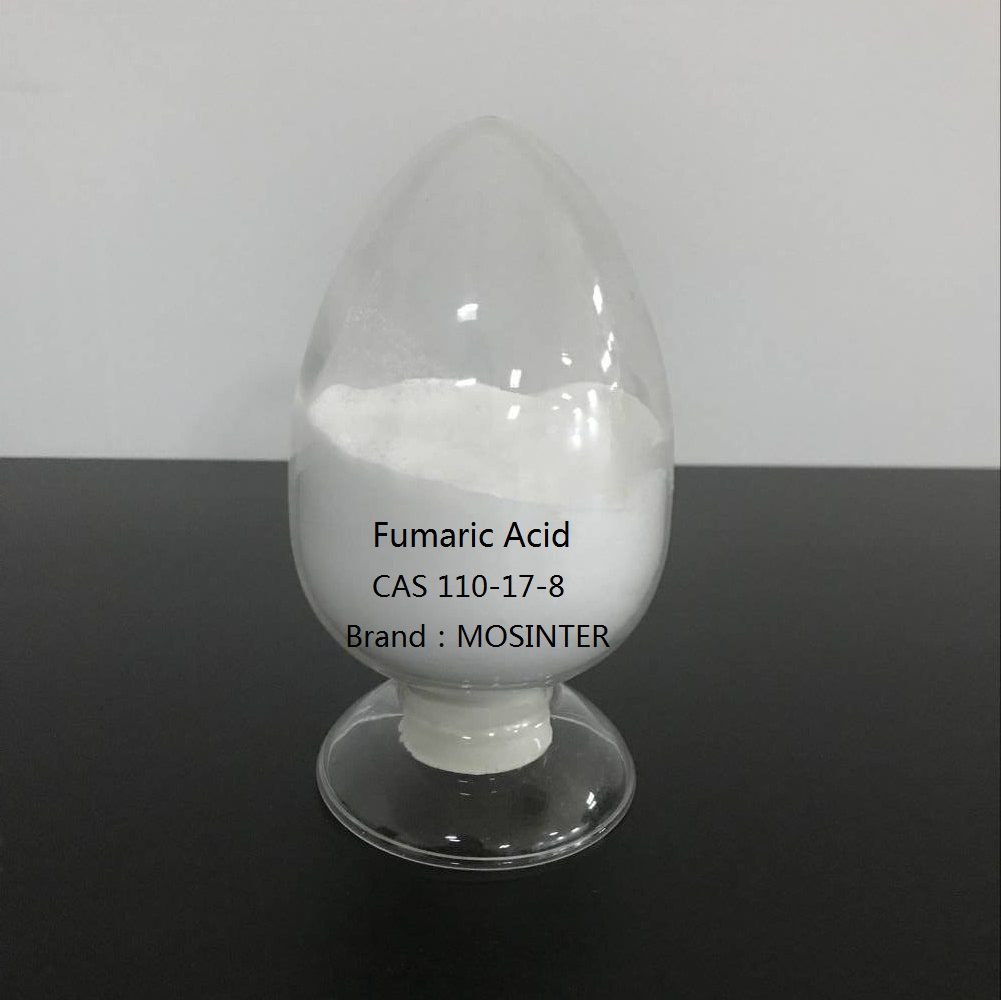
Reviews
There are no reviews yet.